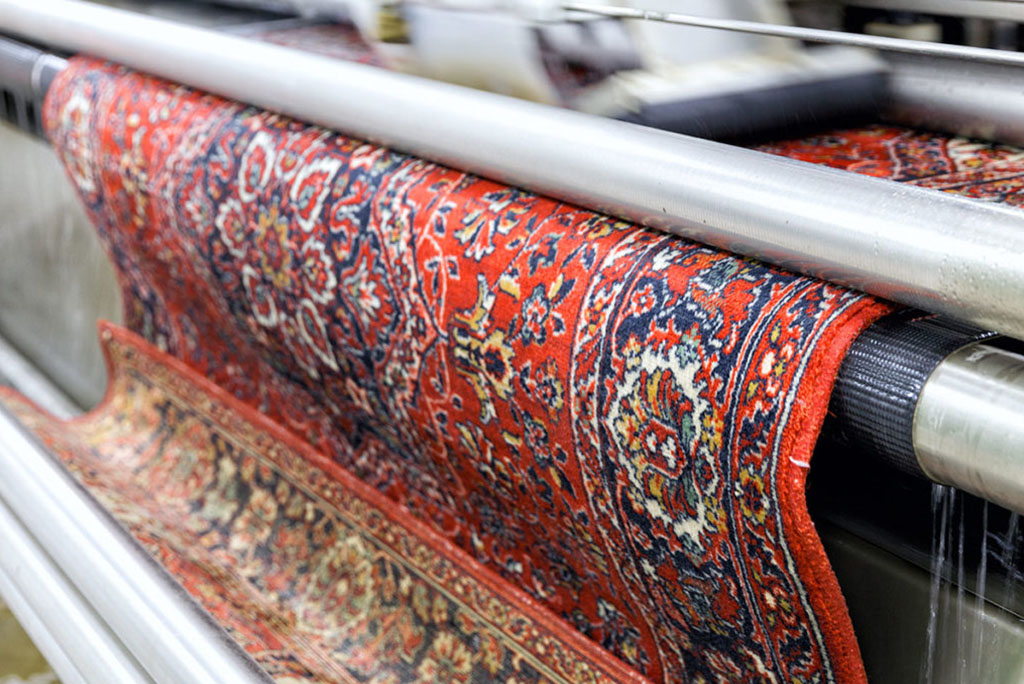Introduction
After cleaning your carpets, ensuring they dry thoroughly is crucial to prevent mold, mildew, and other issues. Effective drying methods not only maintain the cleanliness of your carpets but also prolong their lifespan. In this article, we’ll explore various techniques and strategies for efficiently drying carpets post-cleaning.
Understanding the Importance of Proper Drying
Proper drying of carpets is essential to prevent the growth of mold and mildew, maintain indoor air quality, and extend the lifespan of your carpets.
Why Drying Carpets is Important
Damp carpets can become breeding grounds for mold and mildew, leading to health issues and unpleasant odors.
Methods for Drying Carpets After Cleaning
-
Air Drying
Air drying is a natural and effective method for drying carpets after cleaning.
How to Air Dry Carpets
After cleaning, open windows and doors to allow fresh air to circulate. Use fans to improve air circulation and speed up the drying process.
-
Using a Wet/Dry Vacuum
A wet/dry vacuum can help remove excess moisture from carpets after cleaning.
Using a Wet/Dry Vacuum for Drying Carpets
Run the wet/dry vacuum over the carpet in slow, overlapping strokes to extract as much moisture as possible.
-
Using Dehumidifiers
Dehumidifiers can help remove excess moisture from the air, aiding in the drying process.
How to Use Dehumidifiers for Drying Carpets
Place dehumidifiers in the room where the carpets are being dried. Set the dehumidifier to the appropriate humidity level for efficient moisture removal.
-
Using Carpet Dryers
Carpet dryers are specially designed to accelerate the drying process.
Using Carpet Dryers Effectively
Position the carpet dryer at an angle, directing airflow across the surface of the carpet. Move the dryer periodically to ensure even drying.

-
Applying Baking Soda
Baking soda can absorb moisture and help eliminate odors during the drying process.
Using Baking Soda to Dry Carpets
Sprinkle baking soda liberally over the damp carpet surface. Allow it to sit for several hours before vacuuming it up.
-
Professional Steam Cleaning
Professional steam cleaning can effectively clean and sanitize carpets while also aiding in the drying process.
The Role of Professional Steam Cleaning in Drying Carpets
Professional steam cleaning equipment extracts moisture more efficiently than household vacuums, resulting in faster drying times.
-
Elevating Furniture
Elevating furniture legs can prevent them from absorbing moisture from the damp carpet.
How to Elevate Furniture for Carpet Drying
Place blocks or furniture risers under the legs of couches, chairs, and tables to allow air to circulate freely around the carpet.
-
Regular Maintenance
Regular maintenance and cleaning can help prevent excessive moisture buildup in carpets.
The Importance of Regular Maintenance for Carpet Drying
Routine vacuuming, spot cleaning, and professional cleaning help maintain carpets in optimal condition, reducing the risk of moisture-related issues.
-
Absorbent Towels
Using absorbent towels can help soak up excess moisture from carpets, aiding in the drying process.
Utilizing Absorbent Towels for Carpet Drying
Place clean, dry towels over the damp carpet surface and press down firmly to absorb as much moisture as possible. Replace towels as needed until the carpet feels dry to the touch.
-
Increased Ventilation
Improving ventilation in the drying area can expedite the evaporation of moisture from carpets.
Enhancing Ventilation for Carpet Drying
Utilize ceiling fans, box fans, or oscillating fans to increase airflow in the room. Open windows and doors to promote air circulation, facilitating faster drying.
Conclusion
Proper drying of carpets is essential for maintaining their cleanliness, prolonging their lifespan, and ensuring a healthy indoor environment. By employing the effective methods outlined in this article, you can ensure that your carpets dry thoroughly and remain in excellent condition for years to come.
